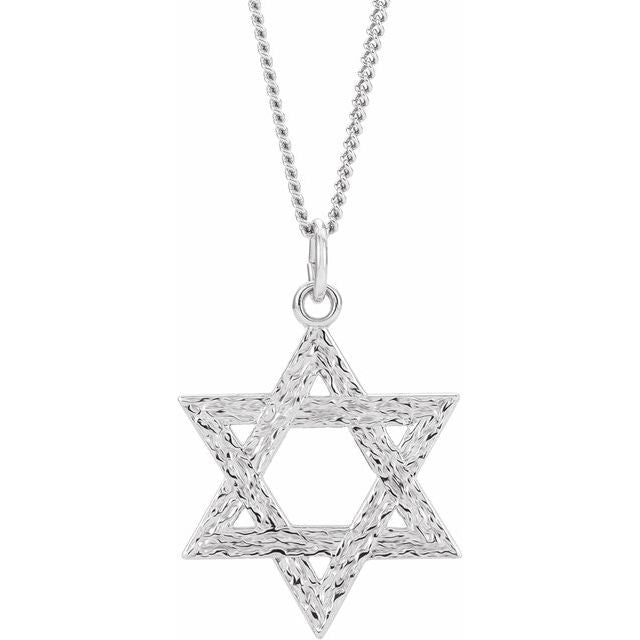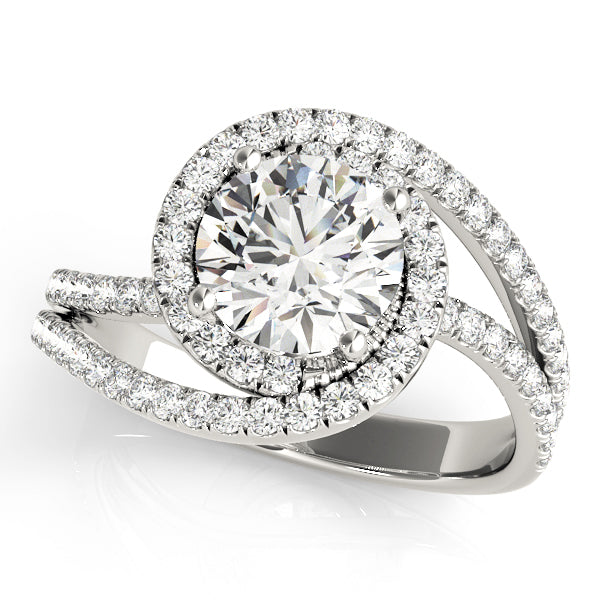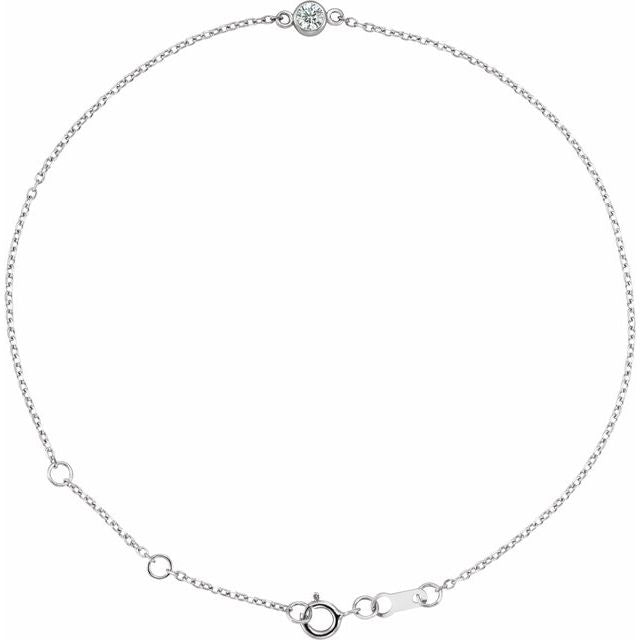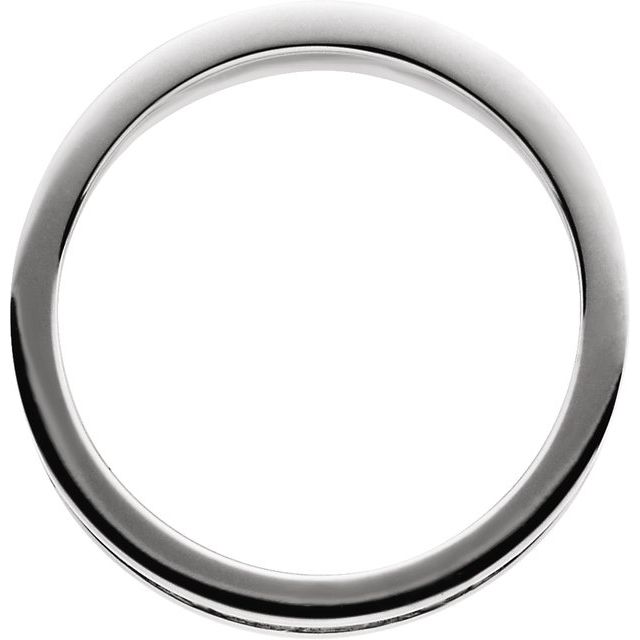How to Choose the Right Jewelry for Every Occasion

Introduction
Selecting the perfect jewelry for different occasions can be both an art and a science. The right piece can elevate your look, complement your outfit, and even boost your confidence. According to a recent survey by the Jewelry Consumer Opinion Council, 86% of consumers believe that jewelry is an important accessory that completes their overall appearance. Yet, many struggle with knowing exactly what pieces work best for specific events.
Whether you're attending a wedding, going to a job interview, or simply enhancing your everyday style, this comprehensive guide will help you navigate the world of jewelry selection with confidence and sophistication.
Understanding Jewelry Basics
The Foundation: Metal Types and Their Impact
The metal you choose forms the foundation of your jewelry's appearance. Each metal type not only offers a different aesthetic but also carries various practical considerations:
-
Gold: Available in yellow, white, and rose varieties, gold remains a timeless choice. According to the World Gold Council, gold jewelry accounts for approximately 50% of global gold demand annually. Yellow gold complements warm skin tones, while white gold works beautifully with cooler complexions.
-
Silver: Offering an affordable yet elegant option, sterling silver provides versatility for casual and semi-formal occasions. The Silver Institute reports that silver jewelry sales have increased by 15% in the past five years, highlighting its growing popularity.
-
Platinum: Known for its durability and hypoallergenic properties, platinum represents luxury and sophistication. Though comprising only about 5% of the jewelry market, it remains highly sought after for special occasions and investment pieces.
-
Alternative Metals: Titanium, stainless steel, and tungsten have gained popularity, especially in men's jewelry, offering contemporary styling with practical benefits like scratch resistance and lightweight comfort.
Gemstones: Beyond Diamonds
While diamonds continue their reign in popularity (the Gemological Institute of America reports they represent over 40% of gemstone sales), other precious and semi-precious stones offer unique advantages:
-
Sapphires, Rubies, and Emeralds: These precious gems provide vibrant color options while maintaining significant value and durability.
-
Semi-precious Options: Amethyst, topaz, citrine, and garnet offer affordable alternatives with impressive visual impact.
-
Pearls: Classic elegance with remarkable versatility, pearls have experienced a renaissance with modern styling options.
Jewelry for Formal Events
Wedding Guest Attire
When attending weddings, your jewelry should complement without overshadowing. Consider these guidelines:
-
Daytime Weddings: Opt for lighter, more delicate pieces. Small pearl studs, thin gold chains, or subtle gemstone rings work beautifully in natural light.
-
Evening Black-Tie Affairs: This is where statement pieces can shine. According to wedding industry statistics, 67% of guests prefer to wear more elaborate jewelry for evening receptions. Consider diamond or crystal drop earrings, statement necklaces (when appropriate with your neckline), and coordinated bracelet sets.
-
Cultural Considerations: Research any cultural expectations—some traditions place specific emphasis on certain metals or gemstones. For Indian weddings, for example, gold typically plays a significant role.
Gala Events and Formal Dinners
Charity galas, formal dinners, and award ceremonies call for sophisticated jewelry that signals both status and taste:
-
Investment Pieces: These occasions justify wearing your finest pieces. Quality over quantity remains the guiding principle.
-
Coordination is Key: Ensure metals match and styles complement each other. A cohesive look speaks to thoughtful curation.
-
Statement Earrings: When wearing statement earrings (which 42% of women prefer for formal events according to jewelry industry research), consider scaling back other pieces to maintain balance.
Business and Professional Settings
Job Interviews and Workplace Jewelry
The workplace calls for restraint and professionalism, with studies showing that 78% of hiring managers notice candidate jewelry choices during interviews.
-
Interview Jewelry Etiquette: Choose subtle pieces that suggest attention to detail without distraction. Small stud earrings, thin chains, and minimal rings present a polished image.
-
Industry Considerations: Creative fields allow more expression than traditional corporate environments. Research company culture before making selections.
-
Watches as Status Symbols: A quality timepiece remains one of the few universally accepted status accessories in business settings. Investment in a classic watch often yields returns in perception.
Client Meetings and Conferences
When representing your organization:
-
Match Formality to Client: Mirror or slightly exceed your client's level of formality.
-
Regional Variations: Be aware that jewelry expectations vary by geographic region. East Coast business environments typically favor more conservative choices than West Coast settings.
-
Functional Considerations: Choose pieces that won't interfere with handshakes, presentations, or computer work.
Casual and Everyday Jewelry
Building a Versatile Collection
Creating a functional everyday jewelry collection requires strategic planning:
-
Capsule Jewelry Wardrobe: Industry experts recommend investing in 5-7 core pieces that work across multiple outfits and occasions. This typically includes stud earrings, a pendant necklace, stackable rings, and a quality watch.
-
Materials for Daily Wear: For pieces worn regularly, prioritize durability. The Jewelers of America association suggests opting for 14k gold rather than 18k for everyday pieces, as the higher alloy content improves wear resistance.
-
Layering Strategies: 64% of jewelry consumers report purchasing pieces specifically for layering. Consider necklace lengths, bracelet widths, and ring styles that complement each other when worn together.
Seasonal Considerations
Adjust your jewelry choices with the changing seasons:
-
Summer: Lighter materials, brighter colors, and nature-inspired motifs complement summer wardrobes. Beaded bracelets, colorful gemstones, and more casual styling typically predominate.
-
Fall/Winter: Richer tones and weightier pieces harmonize with heavier fabrics. Consider deeper colored gemstones and more substantial metal pieces.
-
Spring: Floral motifs, pastel-colored stones, and delicate designs reflect seasonal renewal.
Special Occasions
Holiday Parties
Seasonal celebrations often justify more festive jewelry choices:
-
Christmas/Winter Holidays: Metallics, red gemstones, and snowflake motifs create seasonal relevance. According to retail data, jewelry sales spike 40% during December, with statement pieces leading the trend.
-
Summer Celebrations: Patriotic colors, nautical themes, and lighter materials suit the season's events.
-
Halloween and Theme Parties: Consider subtle nods to themes through color choices rather than overtly costume-like pieces, unless specifically appropriate.
Romantic Occasions
For anniversaries, Valentine's Day, and other romantic events:
-
Symbolism Matters: Heart motifs, infinity symbols, and intertwined designs communicate connection.
-
Personalization Trend: Custom engraving and birthstone incorporation have increased 35% in the past three years, according to jewelry industry reports.
-
Matching Sets: Coordinated jewelry sets specifically designed for couples have gained popularity, particularly for milestone celebrations.
Jewelry by Age Group
Young Adults (18-30)
Trend-focused with practical considerations:
-
Affordability and Expression: This demographic typically prioritizes unique design and personal expression over material value.
-
Ethical Considerations: According to a recent McKinsey report, 70% of Gen Z and Millennial consumers research jewelry sustainability before purchasing, favoring brands with transparent sourcing.
-
Versatility Requirements: Pieces that transition from work to social settings hold particular appeal.
Mid-Career Professionals (30-50)
Investment thinking begins to influence choices:
-
Quality Over Quantity: As careers advance, jewelry purchases typically shift toward fewer, higher-quality pieces.
-
Milestone Markers: This age group often selects jewelry to commemorate career achievements, family milestones, and significant life events.
-
Practical Luxury: Pieces that combine status with daily wearability hold the strongest appeal.
Mature Consumers (50+)
Refinement and curation characterize this stage:
-
Collection Refinement: Many consumers in this category focus on completing collections or acquiring signature pieces.
-
Heirloom Considerations: Jewelry's potential as a legacy item often influences purchasing decisions, with 58% of consumers in this age bracket considering future generational transfer when selecting fine jewelry.
-
Comfort Factors: Lightweight designs and easy clasps become increasingly important considerations.
Cultural and Religious Considerations
Cultural Jewelry Traditions
Understanding cultural significance enhances appreciation:
-
Indian Traditions: Gold holds significant cultural importance, with specific pieces like mangalsutra and bangles carrying deep symbolic meaning.
-
Chinese Practices: Jade remains highly valued, symbolizing good luck, protection, and harmony. During Chinese New Year, gold jewelry gifts represent wishes for prosperity.
-
Middle Eastern Influences: Intricate designs and substantial gold pieces often signify status and family heritage.
Religious Symbolism
Many religions have specific jewelry associations:
-
Christian Symbols: Crosses, ichthys (fish symbols), and saint medallions remain popular expressions of faith.
-
Jewish Traditions: Star of David pendants, Hamsa hands for protection, and mezuzah necklaces carry spiritual significance.
-
Islamic Considerations: Many interpretations favor modesty, with simple designs and religious inscriptions like the Ayatul Kursi commonly incorporated.
Technical Considerations for Jewelry Selection
Face Shape Compatibility
Optimize your look by selecting earrings that complement your facial structure:
-
Round Faces: Elongating styles like drop earrings and angular designs create balance.
-
Square Faces: Circular and oval shapes provide softening contrast to angular jaw lines.
-
Heart-Shaped Faces: Wider earrings at the bottom like teardrops complement the narrower chin.
-
Oval Faces: Most styles work well, though proportional sizing remains important.
Skin Tone Harmonization
Metal selection significantly impacts how jewelry looks against your skin:
-
Warm Undertones: Yellow gold, copper, and earth-toned gemstones typically enhance warm complexions.
-
Cool Undertones: White metals (silver, white gold, platinum) and jewel-toned gemstones often complement cooler skin tones.
-
Neutral Undertones: Enjoy flexibility with most metal choices, with rose gold offering particularly flattering results.
Neckline Coordination
Match necklace styles to clothing necklines for optimal effect:
-
V-Necks: Pendant necklaces that echo the V-shape create visual harmony.
-
Crew Necks: Shorter necklaces or longer statement pieces work best, avoiding the awkward middle length.
-
Strapless/Off-Shoulder: Statement collar necklaces or chokers highlight collarbones effectively.
-
Turtlenecks: Long pendants or no necklace at all, with focus shifted to earrings.
Emerging Trends in Jewelry Selection
Sustainable and Ethical Jewelry
Consumer awareness continues driving market changes:
-
Lab-Grown Diamonds: This sector has experienced 15-20% annual growth, with many consumers preferring these environmentally friendlier alternatives with identical physical properties to mined diamonds.
-
Recycled Metals: Jewelry created from reclaimed precious metals reduces environmental impact while maintaining quality.
-
Transparent Sourcing: Brands providing clear origin information for gemstones and metals have seen customer loyalty increase by 28% according to industry studies.
Technology Integration
Smart functionality enters the jewelry space:
-
Fitness Tracking: Designer collaborations have transformed fitness trackers into fashionable accessories appropriate for various occasions.
-
Payment-Enabled Jewelry: Rings and bracelets with embedded payment technology offer convenience with style.
-
Bluetooth Features: Notification-enabled pieces provide discreet connectivity during events where phone checking would be inappropriate.
Care Considerations by Occasion
Travel Jewelry Strategies
Protect your investments while away from home:
-
Security Concerns: Consider travel-specific pieces that limit financial and emotional risk.
-
Versatility Focus: Select pieces that work across multiple outfits to minimize packing.
-
Insurance Documentation: Photograph fine jewelry before travel and ensure coverage extends to your destination.
Event-Specific Maintenance
Different occasions create varying wear conditions:
-
Outdoor Events: Sunscreen, insect repellent, and chlorine can damage jewelry. Apply products before jewelry, and consider more durable pieces for beach weddings or outdoor celebrations.
-
Winter Formal Events: Cold temperatures can make fingers shrink slightly, increasing ring loss risk. Ensure proper sizing or select alternative pieces.
-
Active Occasions: For events involving dancing or significant movement, secure backs on earrings and tight clasps on bracelets prevent loss.
Conclusion
Selecting the right jewelry for every occasion blends artistic expression with practical consideration. By understanding the interplay between metals, gemstones, occasion requirements, and personal features, you can build a jewelry collection that serves you beautifully across all life's moments.
Remember that while trends provide inspiration, developing your personal style creates the most authentic expression. Whether investing in heirloom-quality pieces or enjoying fashion-forward options, thoughtful selection ensures your jewelry enhances rather than distracts from your presence.
With the guidelines provided in this comprehensive overview, you're well-equipped to make confident jewelry choices for everything from job interviews to gala events, casual gatherings to cultural celebrations.
References





















